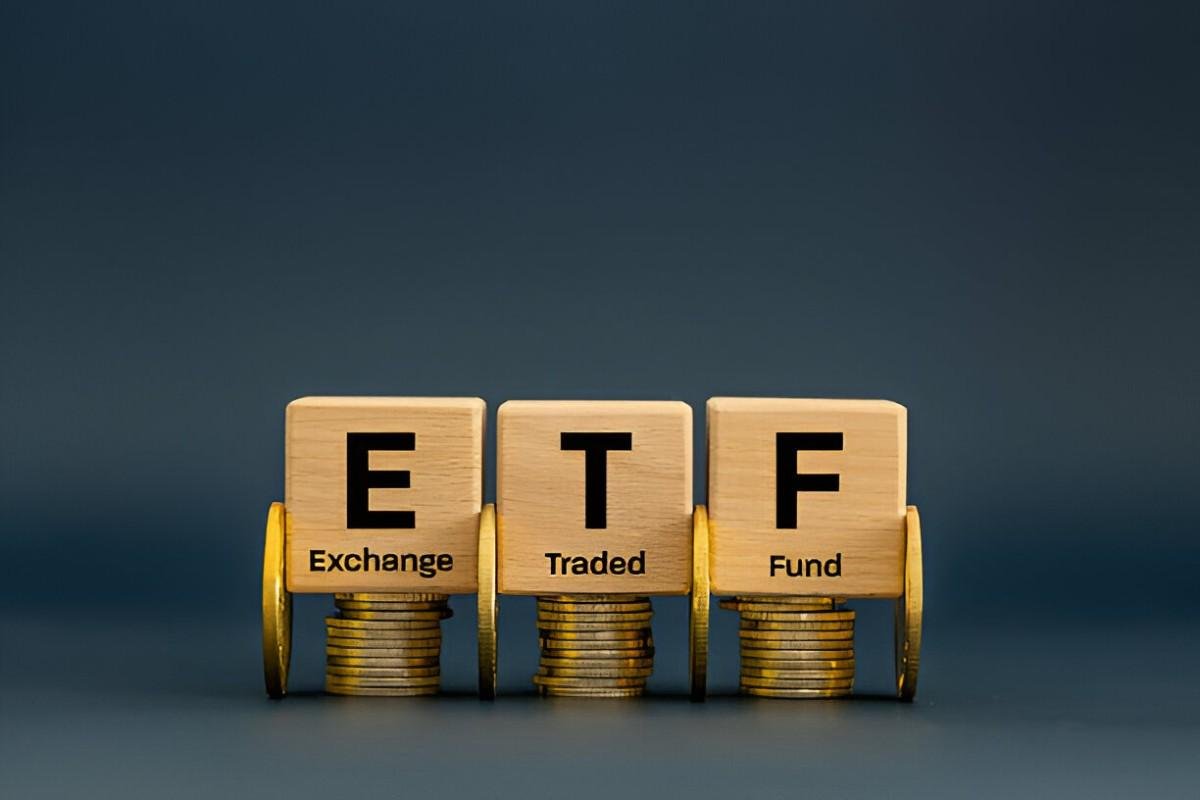As a finance expert, I often get asked whether mutual funds or ETFs provide better diversification. The answer isn’t straightforward—it depends on fund structure, investment strategy, and investor goals. In this article, I’ll break down the key differences, analyze diversification metrics, and help you decide which option suits your portfolio.
Table of Contents
Understanding Diversification in Investing
Diversification reduces risk by spreading investments across different assets. The principle stems from Modern Portfolio Theory (MPT), where Harry Markowitz showed that a well-diversified portfolio minimizes unsystematic risk. The formula for portfolio variance is:
\sigma_p^2 = \sum_{i=1}^n w_i^2 \sigma_i^2 + \sum_{i=1}^n \sum_{j \neq i}^n w_i w_j \sigma_i \sigma_j \rho_{ij}Here, \sigma_p^2 is portfolio variance, w_i is the weight of asset i, \sigma_i is its standard deviation, and \rho_{ij} is the correlation between assets i and j.
How Mutual Funds Achieve Diversification
Mutual funds pool money from investors to buy a basket of securities. They come in two main types:
- Actively Managed – Portfolio managers select securities to outperform a benchmark.
- Index Funds – Passively track a market index (e.g., S&P 500).
Since mutual funds often hold hundreds (sometimes thousands) of stocks or bonds, they offer broad diversification. For example, the Vanguard Total Stock Market Index Fund (VTSAX) holds over 3,700 stocks.
How ETFs Achieve Diversification
ETFs also hold multiple securities but trade like stocks on exchanges. They can be:
- Passive ETFs – Track an index (e.g., SPY tracks the S&P 500).
- Active ETFs – Managers adjust holdings to beat the market.
- Thematic/Sector ETFs – Focus on niche areas (e.g., clean energy, AI).
Some ETFs, like the iShares Core U.S. Aggregate Bond ETF (AGG), hold thousands of bonds, while others, like ARKK (ARK Innovation ETF), concentrate on a few high-growth stocks.
Comparing Diversification: Mutual Funds vs. ETFs
1. Number of Holdings
Generally, mutual funds and broad-market ETFs have similar holdings. However, niche ETFs may have fewer stocks, increasing concentration risk.
| Fund Type | Example | Number of Holdings |
|---|---|---|
| Broad Mutual Fund | VTSAX (Vanguard) | ~3,700 |
| Broad ETF | VTI (Vanguard) | ~3,700 |
| Sector ETF | XLK (Tech Select Sector) | ~70 |
2. Asset Class Coverage
Some mutual funds invest across stocks, bonds, and alternatives, while most ETFs stick to one asset class.
| Fund Type | Asset Classes Covered |
|---|---|
| Balanced Mutual Fund | Stocks, Bonds, Cash |
| Stock ETF | Equities Only |
3. Cost and Efficiency
ETFs usually have lower expense ratios, but mutual funds allow fractional shares and automatic reinvestment.
\text{Total Cost} = \text{Expense Ratio} + \text{Trading Costs} + \text{Tax Efficiency}ETFs are more tax-efficient due to in-kind redemptions, while mutual funds may distribute capital gains.
4. Liquidity and Trading Flexibility
ETFs trade intraday, while mutual funds settle after market close. This doesn’t affect diversification but impacts execution.
Mathematical Analysis: Which Is More Diversified?
To measure diversification, I use the Herfindahl-Hirschman Index (HHI):
HHI = \sum_{i=1}^n s_i^2where s_i is the percentage weight of the i-th holding. A lower HHI means better diversification.
Example Calculation: SPY vs. a Hypothetical Mutual Fund
| Holding | SPY Weight (%) | Mutual Fund Weight (%) |
|---|---|---|
| Apple | 7.2 | 5.0 |
| Microsoft | 6.5 | 4.8 |
| Amazon | 3.4 | 3.2 |
| Other Stocks | 82.9 | 87.0 |
SPY HHI:
HHI = 7.2^2 + 6.5^2 + 3.4^2 + 82.9^2 = 51.84 + 42.25 + 11.56 + 6872.41 = 6978.06Mutual Fund HHI:
HHI = 5.0^2 + 4.8^2 + 3.2^2 + 87.0^2 = 25 + 23.04 + 10.24 + 7569 = 7627.28Here, SPY is slightly more diversified (lower HHI).
When Mutual Funds Win in Diversification
- Target-Date Funds – Adjust asset allocation automatically.
- Global Allocation Funds – Include international stocks and bonds.
When ETFs Win in Diversification
- Ultra-Low-Cost Index ETFs – Like VTI or SCHB.
- Equal-Weight ETFs – Avoid concentration in top holdings.
Final Verdict: It Depends on the Fund
Neither mutual funds nor ETFs are inherently more diversified. The key factors are:
- Number of holdings – More holdings usually mean better diversification.
- Asset class coverage – Funds with multiple asset classes reduce risk further.
- Cost and tax efficiency – Lower costs mean more net returns.
For most investors, a mix of both works best—using ETFs for core holdings and mutual funds for specialized strategies.





